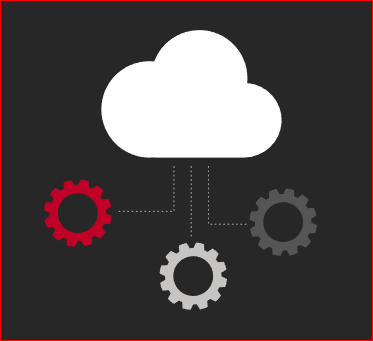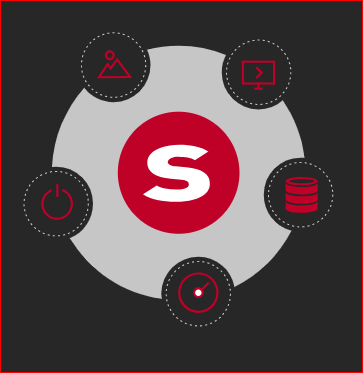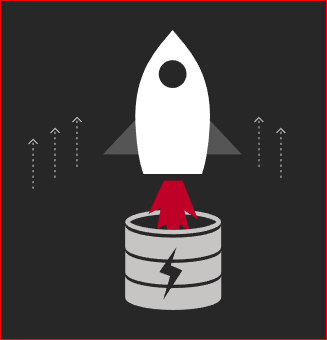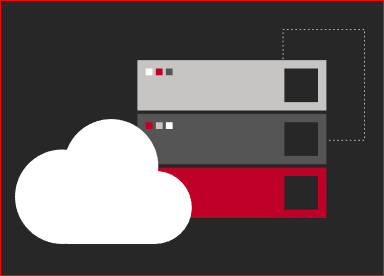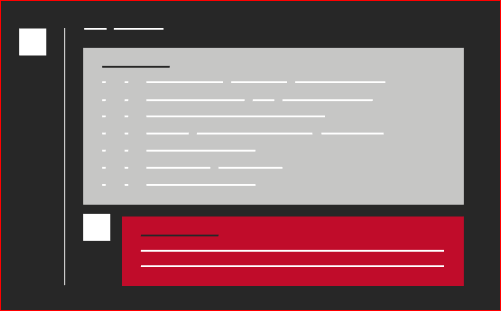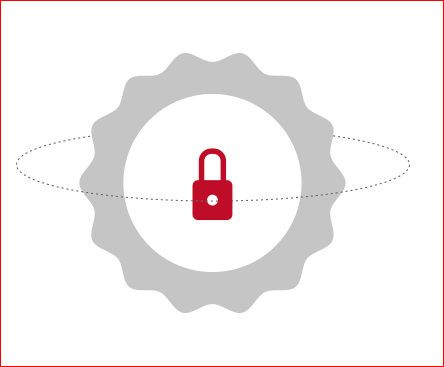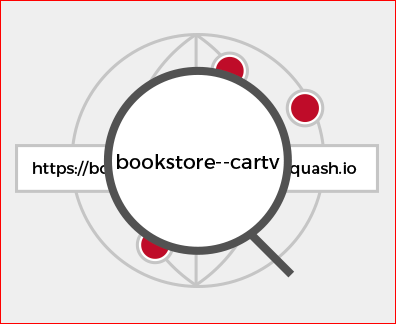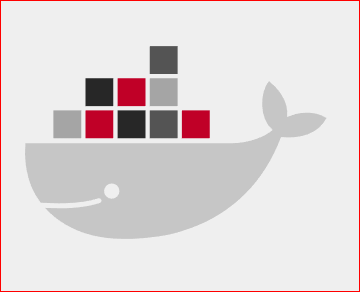
Squash has a built-in Docker Registry that you can use to easily store and retrieve Docker images from your applications. How it works When Squash builds a new version of your app it will automatically create a new image and push it to the registry, if the build is successful. New subsequent builds will automatically
Read more
